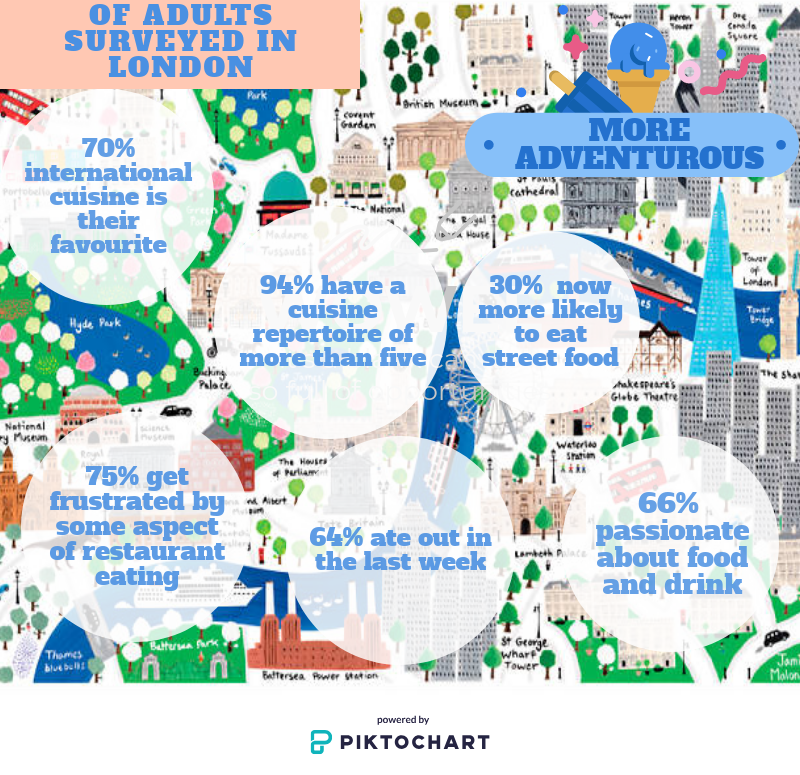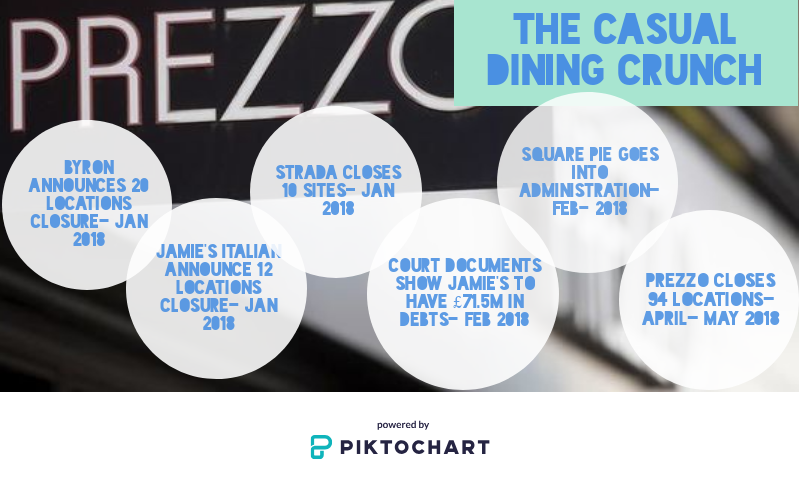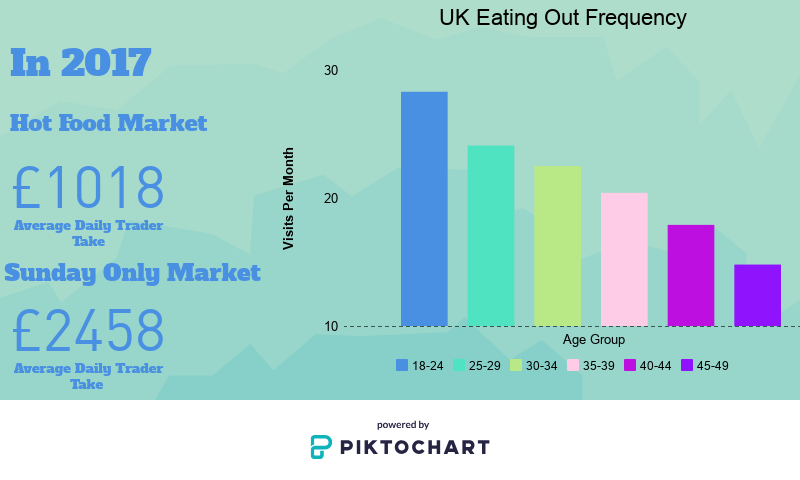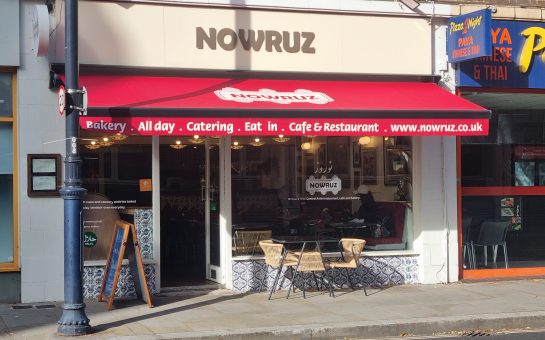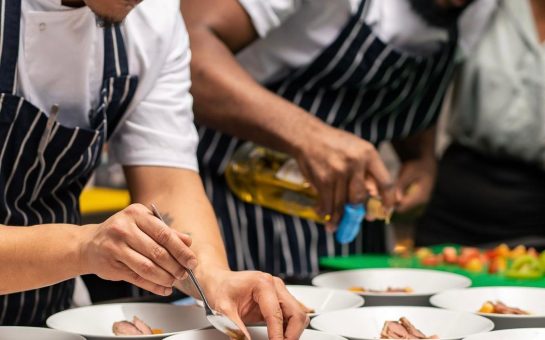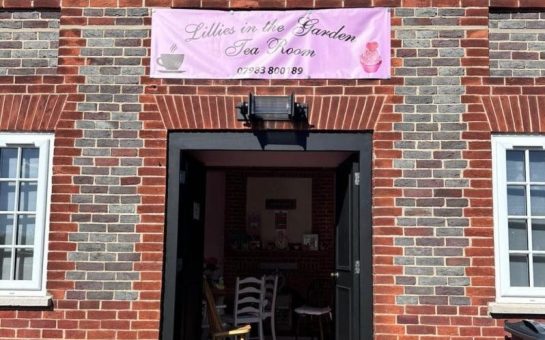The ‘casual dining crunch’ began to really take hold in 2018, as the new year saw the downturn of high street restaurant chains.
Jamie’s Italian, Byron Burger and Strada all announced significant branch closures in January, as Square Pie went into administration in February and Prezzo closed 94 locations in April and May.
In contrast, the London street food market scene has exploded in the last few years with diverse and innovative vendors now operating daily across the city.
Real Food Festivals began trading in 2008, hosting an annual food event in Earl’s Court Exhibition Centre.
Since then it has expanded with pop up street food markets and larger scale food festivals, in the UK and internationally, prioritising ethical, sustainable and quality food.
While their ultimate aim is to change the way people buy and source produce, they credit hot food markets with leading the way in terms of their popularity.
Events director Fabio Diu said: “There is some really exciting, creative food being cooked up by very passionate street food chefs often inspired by their heritage or travels.
“It’s fun, playful, has no rules and is mostly really well made and uncompromising in flavour.
“I feel the street food scene is also a really positive reflection of London’s multicultural, multi-ethnic melting pot society.
“There is a lot of really creative cross-pollination of flavours and ideas giving birth to innovative dishes and we have always seen our street food events as a celebration of this wonderful diversity and creativity.
“The popularity of street food has helped reclaim public spaces.”
A report by Scala Italia shows that it is the younger generation who are eating out more with numbers significantly declining once respondents passed the age of 40.
And of these respondents 30% are more likely to eat out at street food vendors, 94% of people are comfortable with more than five cuisines and 66% would describe themselves as passionate about food and drink.
These trends lend themselves away from food chains like Prezzo, Jamie’s Italian and Byron that focus on a single and more familiar cuisines. Crucially, they are also more expensive on the whole.
Kew Village Market is a monthly farmers’ market operating on the first Sunday of every month comprising ⅔ of food stalls.
It was started in 2011 by two councillors and its original 15 stalls have become over 45 and raised £45,000 for local charities.
What started as a stop-off for people visiting Kew Gardens has now become a destination, attracting people from across London with top quality hot food and produce.
Chairman David Linette said: “The food stalls are very popular and the market provides people with produce that they can’t get locally.
“There are many more people coming from within a five mile radius and traders are staying open after hours because of how packed it is.
“Before there were very few markets and now there are more than a dozen just in the borough.”
David added that since the beginning of social media advertising the market has seen a boom in business.
Fabio similarly said that street food has benefited from the internet, allowing it to develop as a fashionable way of eating.
He added that whether culture is really changing remains to be seen, as food begins with produce that is also where food culture begins.
Traders at Street Food Union, a six day a week market in Soho’s Rupert Street, are optimistic citing cost, lack of menu flexibility and consumers becoming more adventurous as positives for street food and negatives for restaurants.
Founder of Burger Boy Aaron Arthur said: “People are becoming more aware of what they are eating, they are getting fed up of highly processed foods and the same pret sandwich everyday.
“Whereas they can come to a street food market, like this, on their lunchtime and get just about anything you can think of.
“On the high street restaurants aren’t evolving enough, they have their set menus whereas we can evolve to tastes a lot quicker, we can change our menu by the day.”
At Street Food Union all of the traders stressed the importance of responsibly sourced, good quality ingredients as well as a concern for environmentally friendly packaging and a consideration of changing diets such as vegan and gluten free options.
In 2008 people queued for an hour to eat at Jamie’s Italian, now they are doing the same for street food stalls but it remains to be seen whether in ten years time people in London are still going to markets or whether it really is just fashionable
